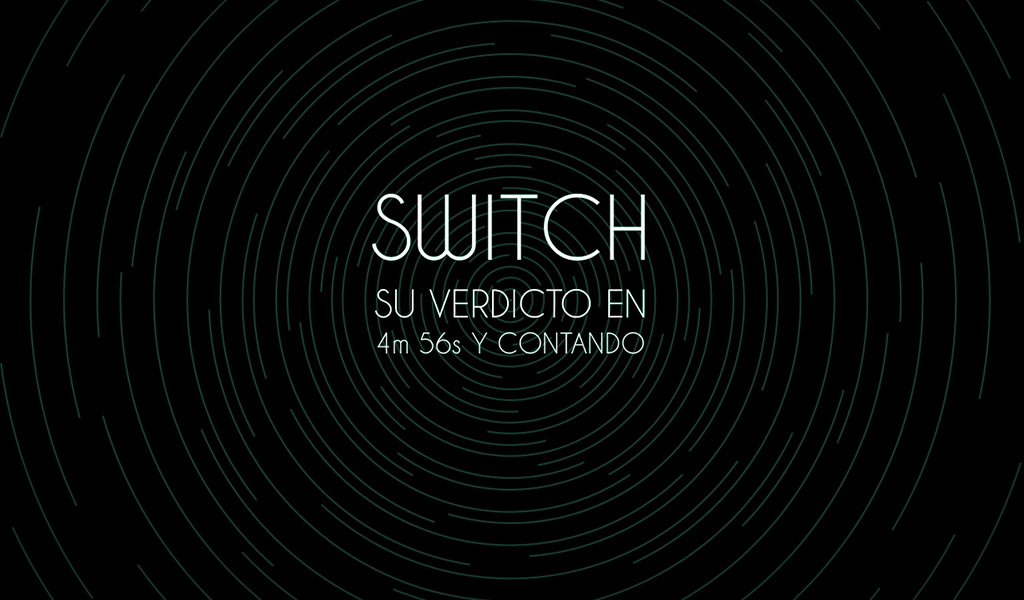SWITCH
INTERACTIVE CONSOLE December 2018
'Switch' is an interactive prototype for a neural network interface, controlling the fate of passengers as they pass through the transport system of a 50-year distant future of benevolent despotism and impossible decisions.
It was programmed using Processing then transcoded to p5.js in order to run from a web server. The full project is can be downloaded here (requires Processing, available here).
- Date - December 2018
- Created by - Tim Bentley
The netWork
Statistics, both official and unofficial, confirm that nowhere is safer on earth than the netWork. Passengers are 15.55x more likely to suffer injury on the surface and fatality rates are 30.26x higher, the crime which plagues the surface is virtually unknown in the netWork. Yet it has become a place of silent menace, of disappearances and accidents, deaths from causes known or – more often – unknown. Passengers hurry from the stations, seemingly desperate to escape the safety of the netWork for the considerably more dangerous streets above. The violence and disease which plague the surface are grimly predictable, following a certain familiar human (or even cosmic) logic. Thefts are perpetrated by the poor or the greedy, acts of terrorism by the disenfranchised or the enraged, disease follows where human squalor leads. These things can be anticipated and up to a point – with vaccines, security and common sense – avoided. What separates the misfortunes of netWork passengers, and what elevates them to an infinitely more troubling dimension, is their sheer, sudden randomness. A young couple, strolling hand-in-hand into one of the vast underground lifts, somehow vanishing before it reaches the surface. An elderly gentleman sitting alone in the corner of a carriage who – though he never left the field of vision of several other passengers – was seen hanging, strangled by the defunct communication cord as the train drew into its next stop. Diseases in the netWork consist of a single, brutal symptom – blindness, immobility, psychopathy – striking with no explanation or cure.
This perpetual fear is a result - and a failing - of the Switch, an AI-based UI which presents a highly accurate set of probable consequences for the elimination of certain people or, where possible, the removal of their ability to influence future events (rendering them suddenly mute, for example). Whilst the running and administration of almost every ‘functional’ area of human society (industry, transport etc.) has been handed to computer intelligence, moral decisions are never taken without human input. The Switch presents these decisions to their human operators and asks them to decide what course of action to take.
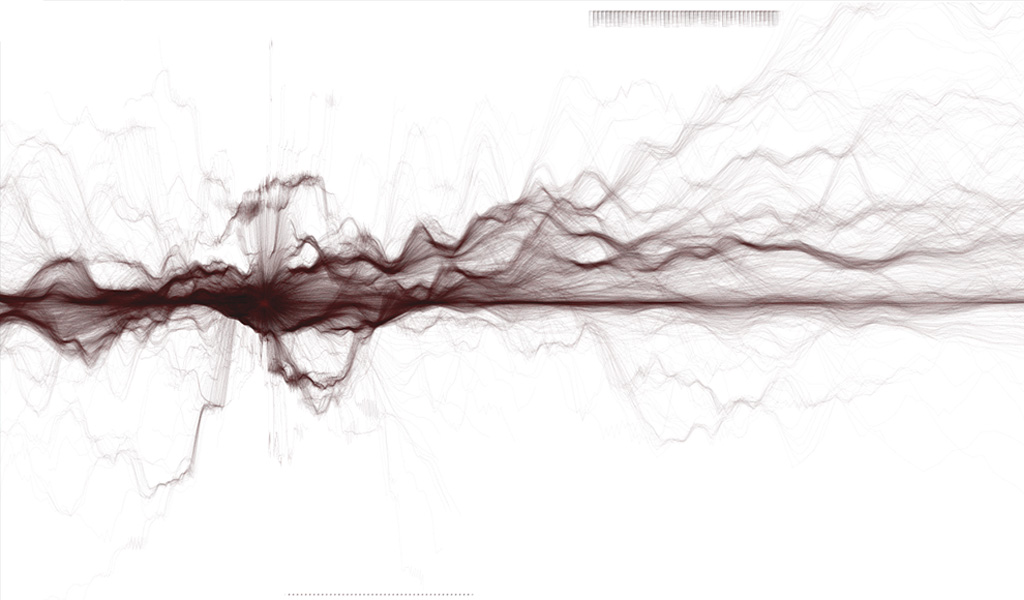
Ghost in the Machine
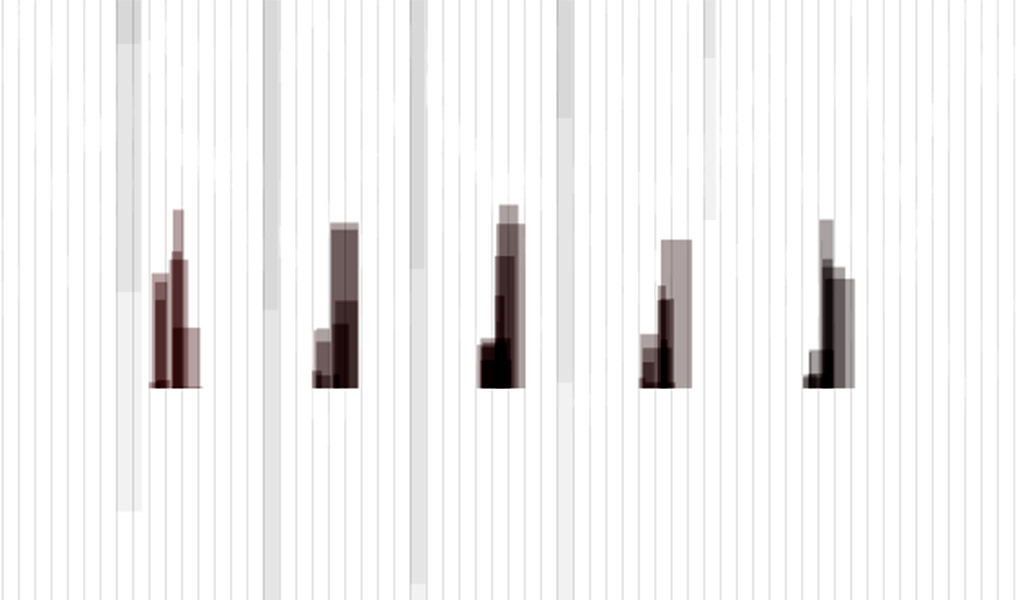
As we approach the second decade of the 21st century, Artificial Intelligence is likely to play an increasingly significant role in managing the administrative and industrial processes we rely on. Fifty years from now, the notion that humans will have any role at all in the day-to-day running of society's 'practical' tasks is not only possible but entirely credible. Assuming - correctly or otherwise - that we will leave the smooth running of our systems to cold, calculating machines, where will human intervention be required? What role could humans play in the everyday management of a network run by an intelligence far higher than our own? This project plays with the idea that machines might seek our guidance only on questions of morality or ethics, coupled with their ability to predict the future with some degree of accuracy. Not so much predicting the lottery or football but calculating likelihood, feeding in the present, multiplying it by the human element and seeing what comes out. This treatment of humans as machines, or at least quantifiable ‘nodes’ and therefore reducible to brute-force calculations formed the backbone of the project.
The Caucasian Chalk Circle
The AI will be exploiting human emotion in much the same way as we exploit computational intelligence, filling the small yet significant void of the other. Whilst the machine is capable of identifying and classifying human emotions and extrapolating their likely consequences, it lacks the ability to attach any significance to them. A philosophically deterministic decision-making approach would be possible, yet this clearly is neither how our society functions, nor how we want it to function. Not only would we balk at the idea of taking 50 lives if it were the only way to save 51, but we construct societies on thoroughly illogical lines, guided by transitory notions of morality and virtue, duty and punishment.
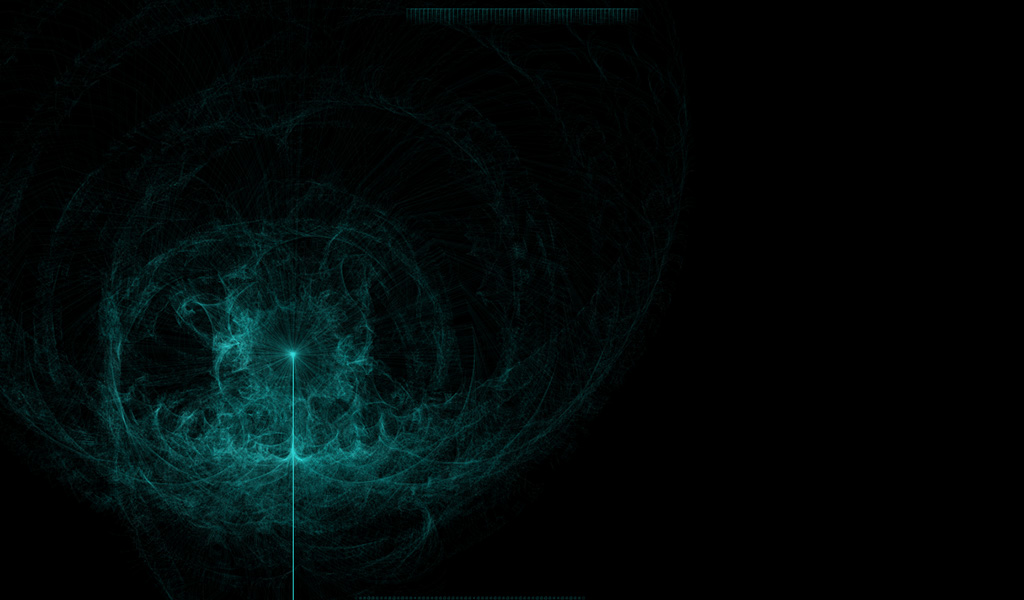
Value-based predictions of the risk an individual's choices present. The further a person deviates from standard behaviour patterns (y), the greater the benefit of their potential removal.
Switch Console
You'll be pleased to know that this first one is fine.
Nothing out of the ordinary.
It's yours, in fact.
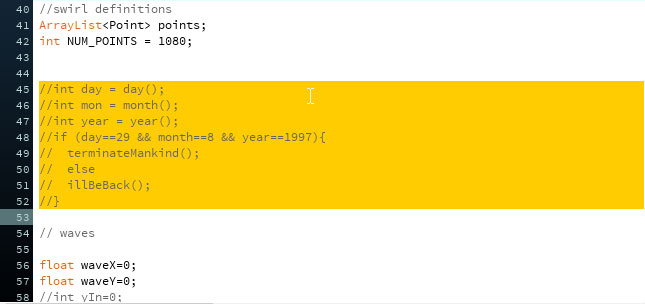
Emotional Intelligence
A society which no longer relies upon human input for anything other than ethical or emotion-based decisions will require a GUI which reflects this radical shift in responsibility. Identifying, isolating and interpreting specific pieces of data will be both unnecessary and impractical, since the volume of data and the calculations required to interpret it in any meaningful way will be beyond the reach of human intelligence - even that of the initial AI programmers. The key objective was therefore to take real-world data and present it in a way which elicits not an analytical response but an emotional, sensory understanding.
There are curious anomalies scattered throughout the data and the sketch, sometimes the data we are focussed on is not the data being presented, a barely-visible wisp in the background might be hiding its importance. Sometimes the timing is all, fractions of seconds signifying more than wild variations in form. Sometimes the AI seems to be playing around with us, sometimes it seems deathly serious. Sometimes the text is whispering advice, sometimes it is screaming.
